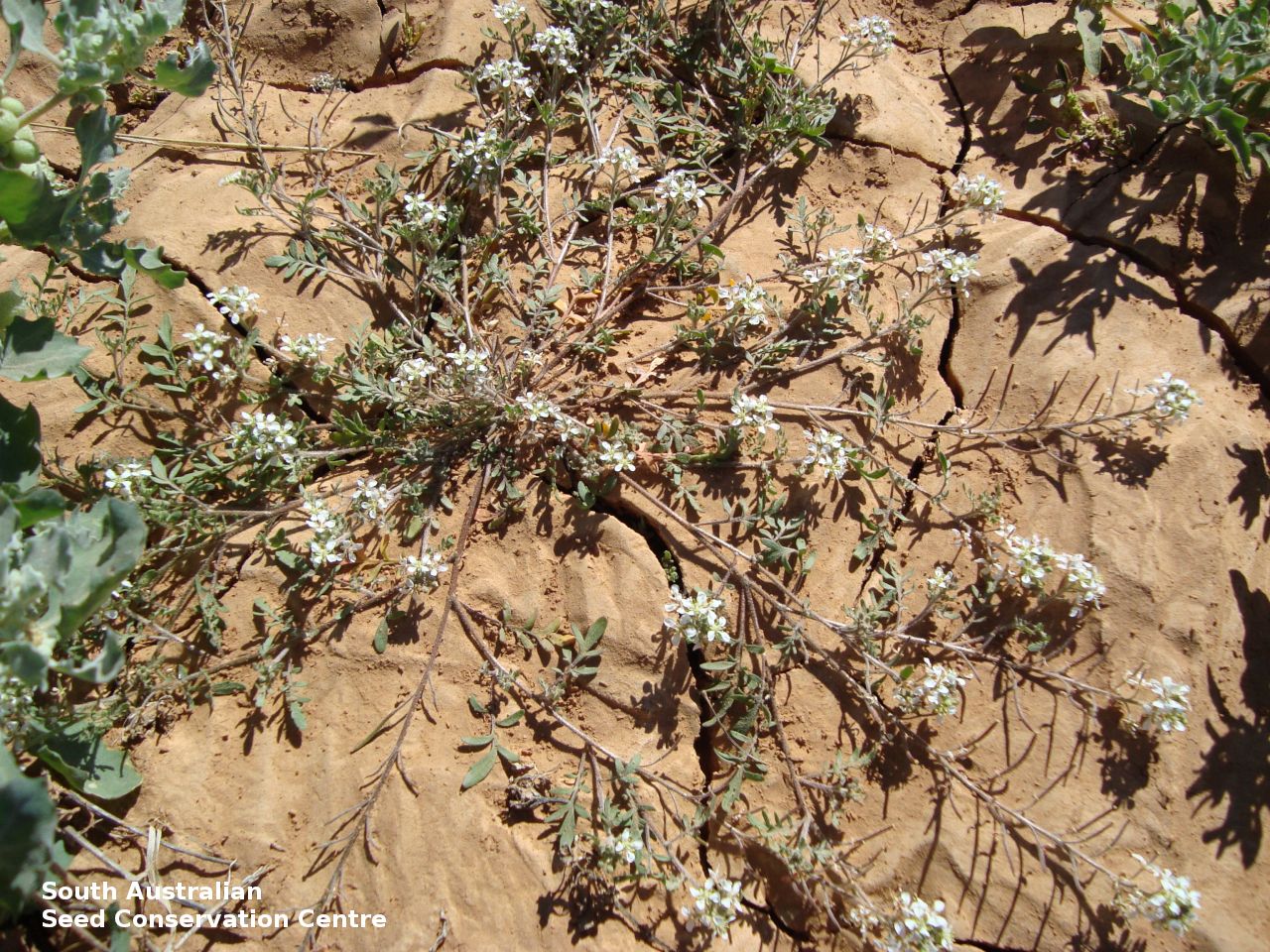
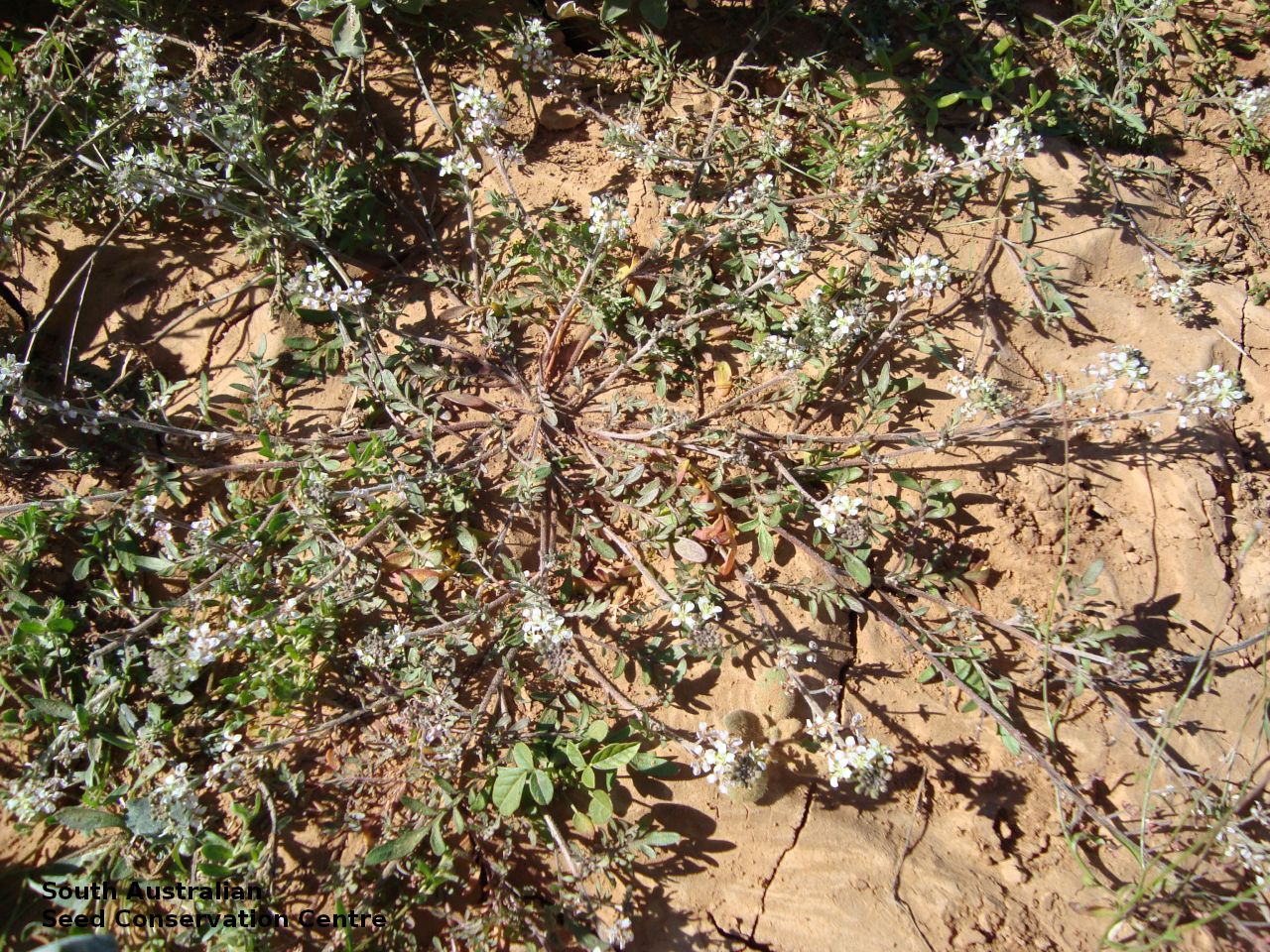
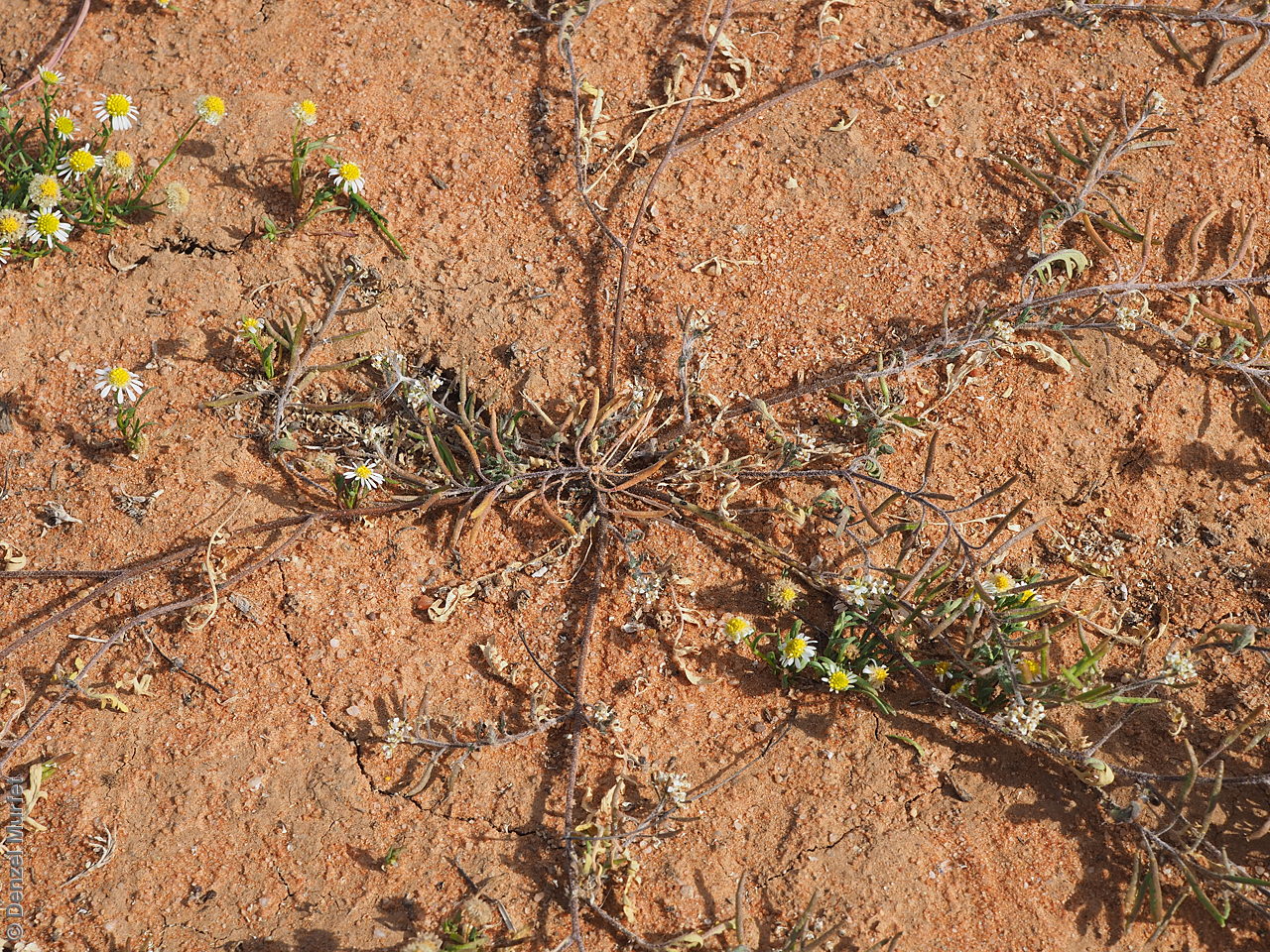
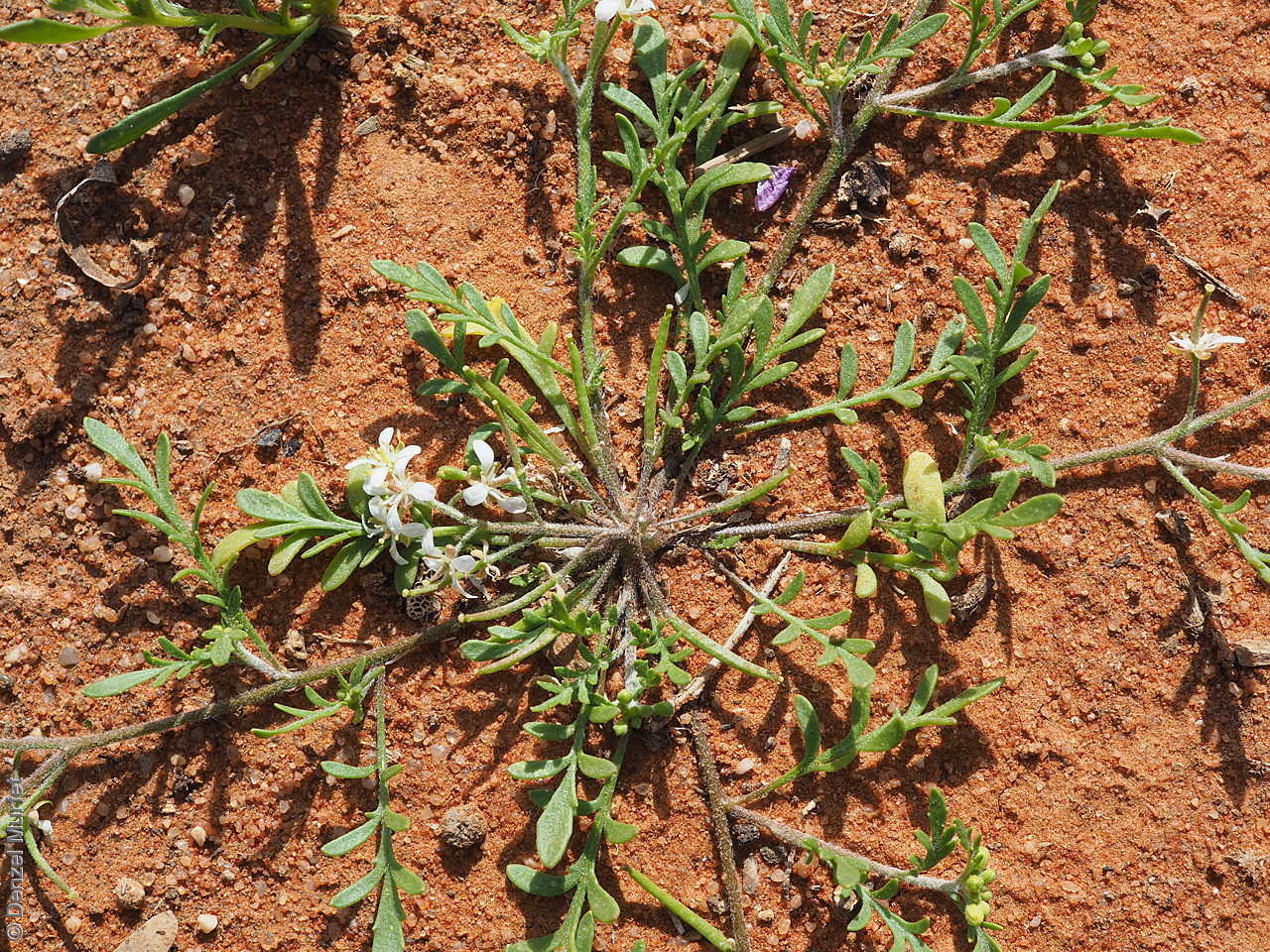
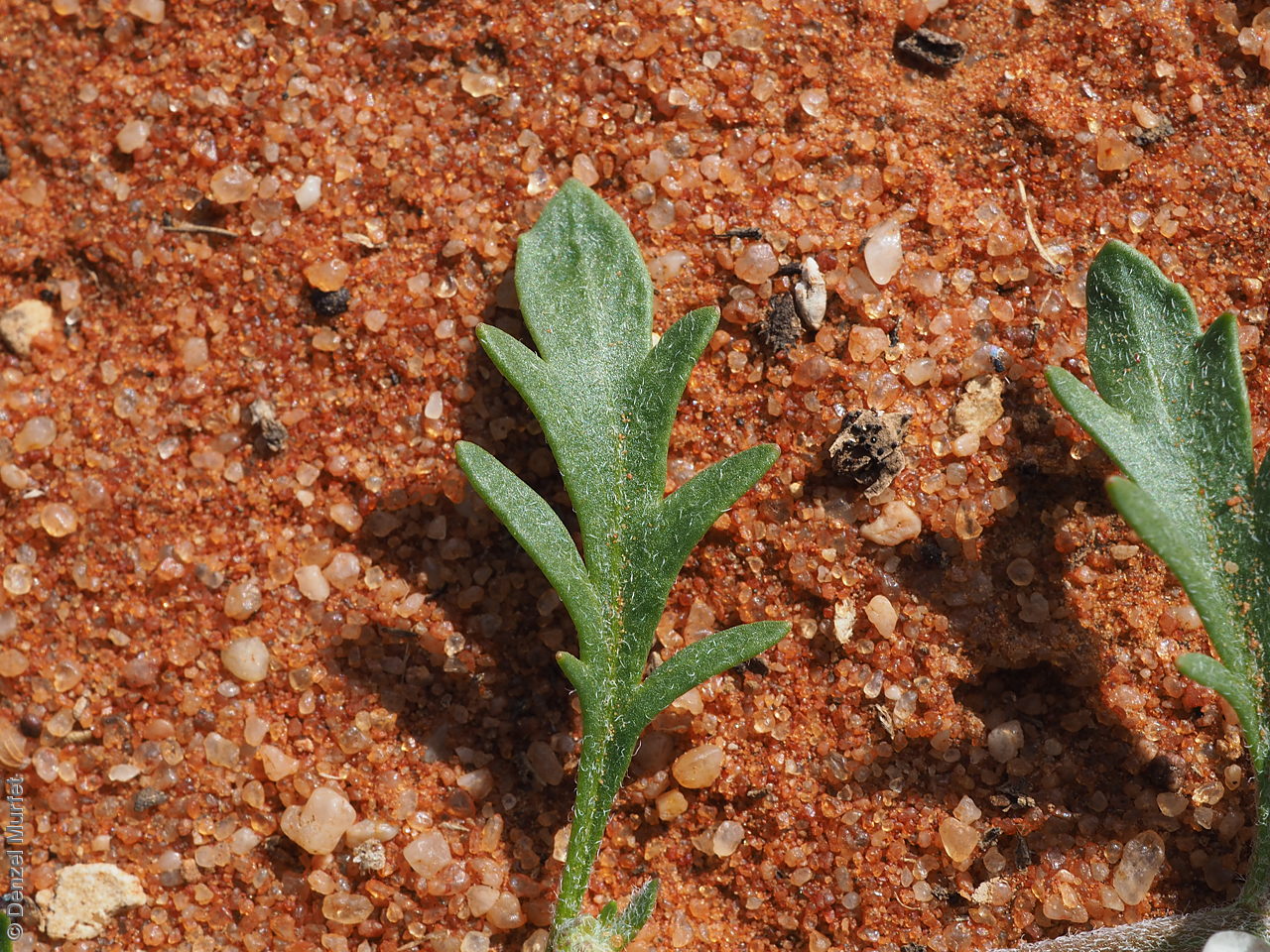
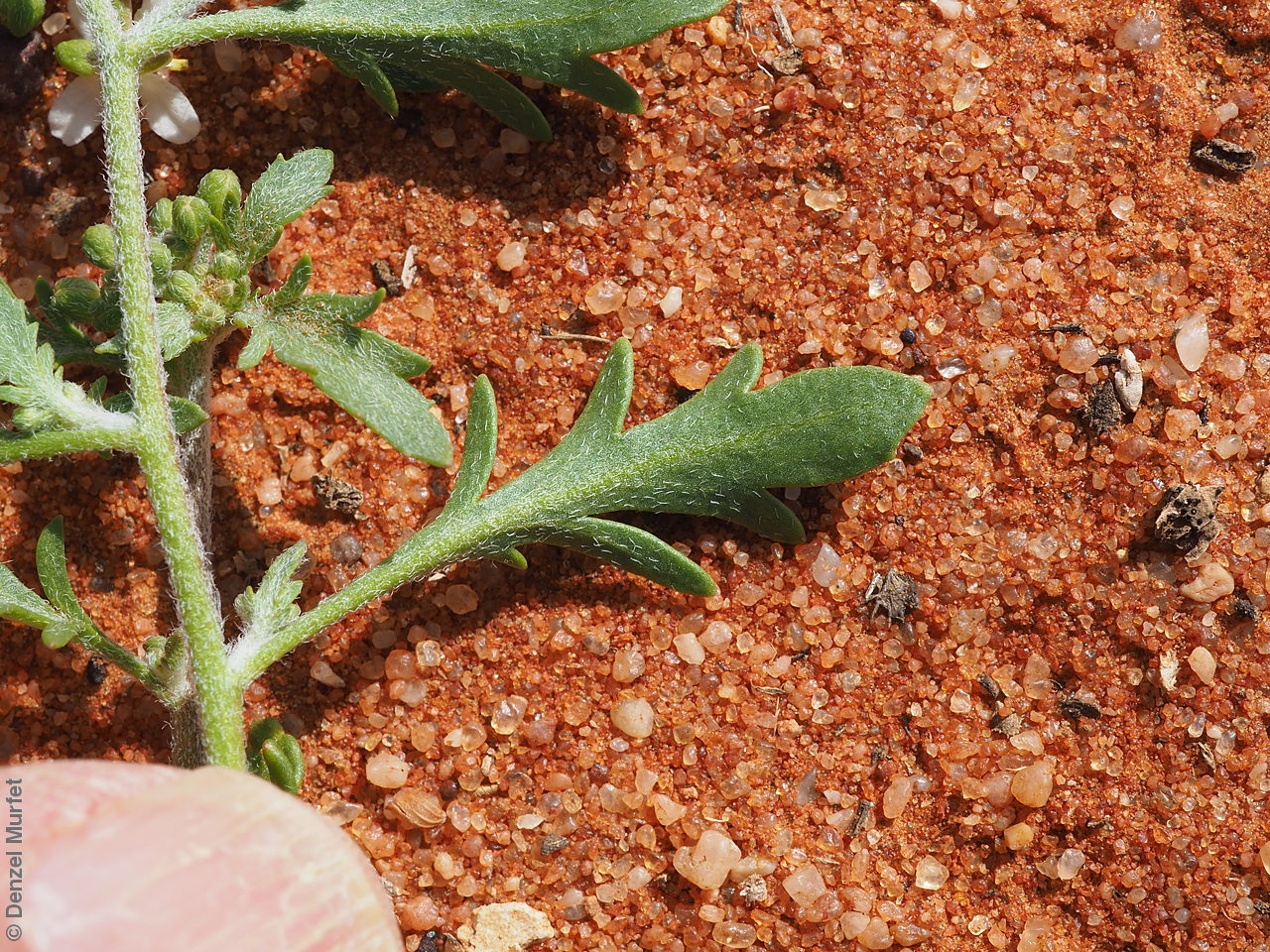
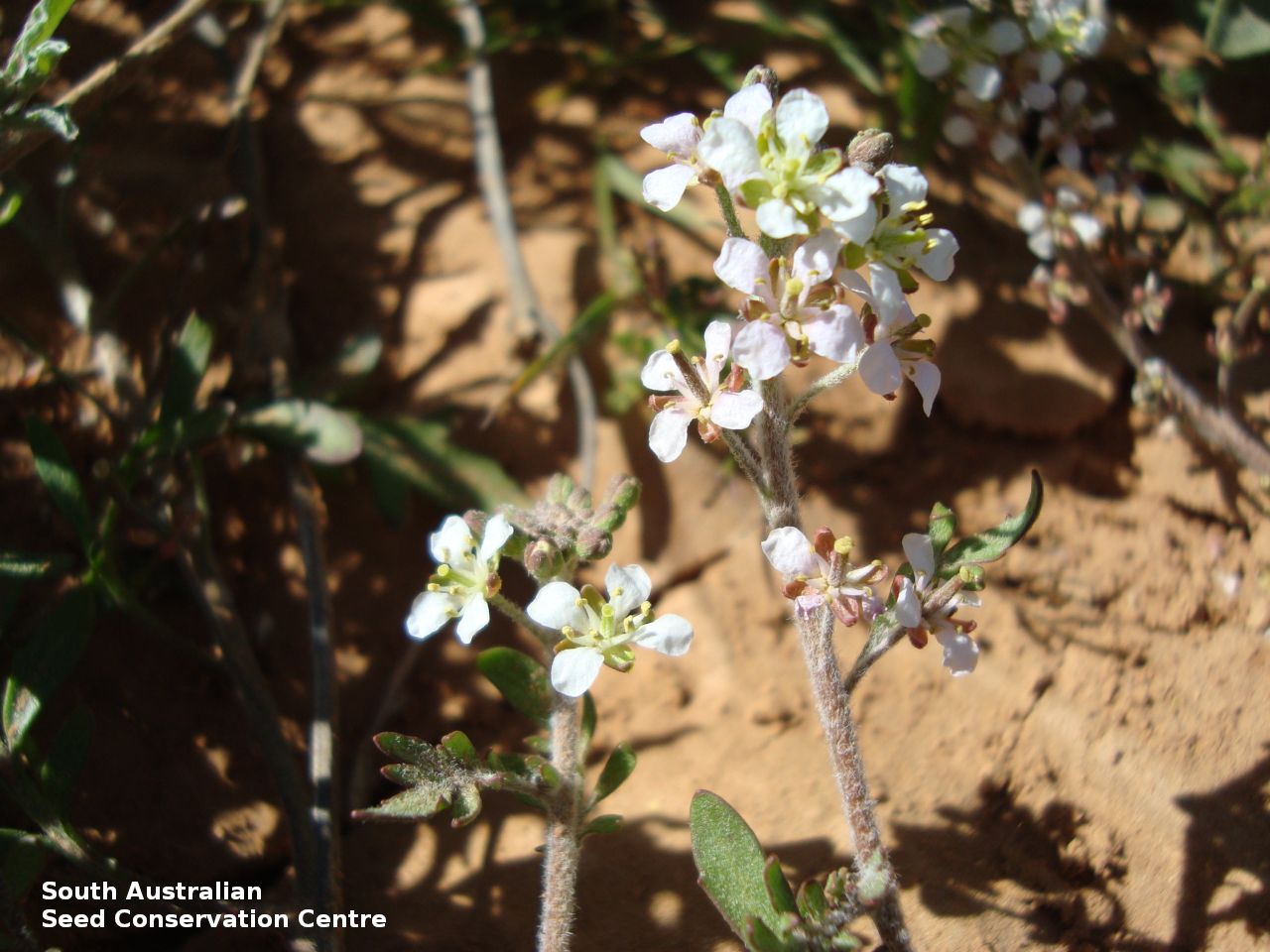
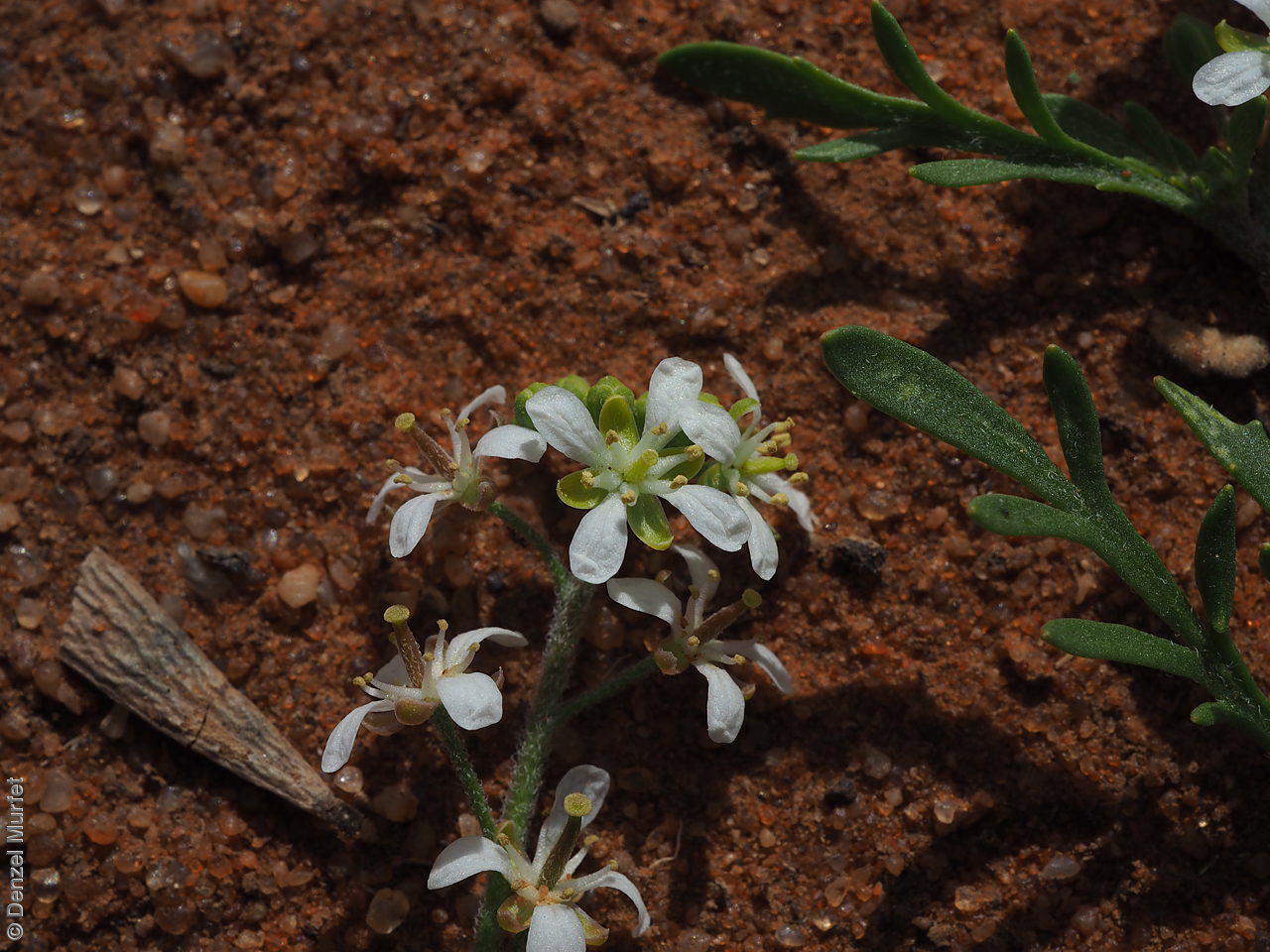

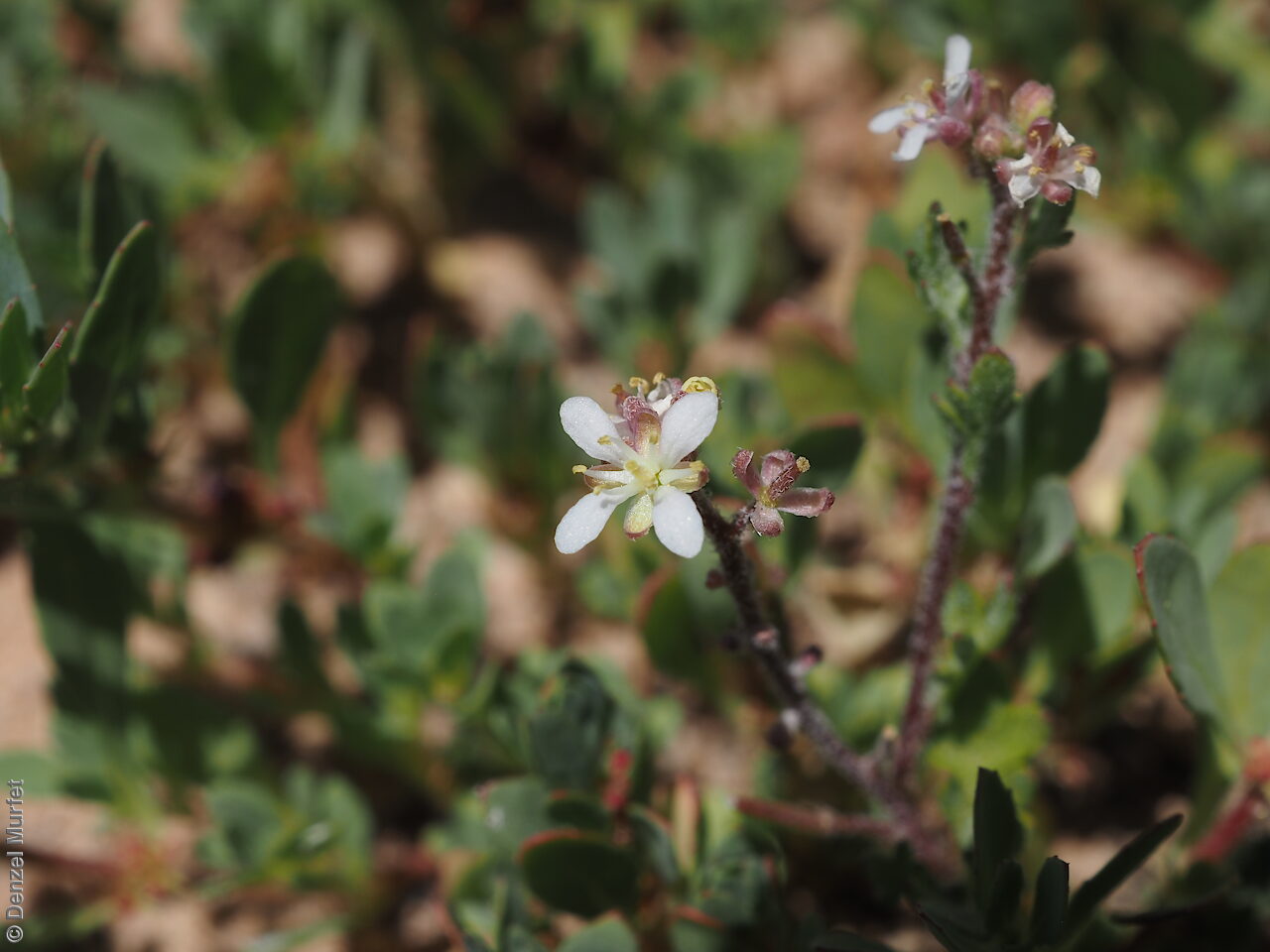
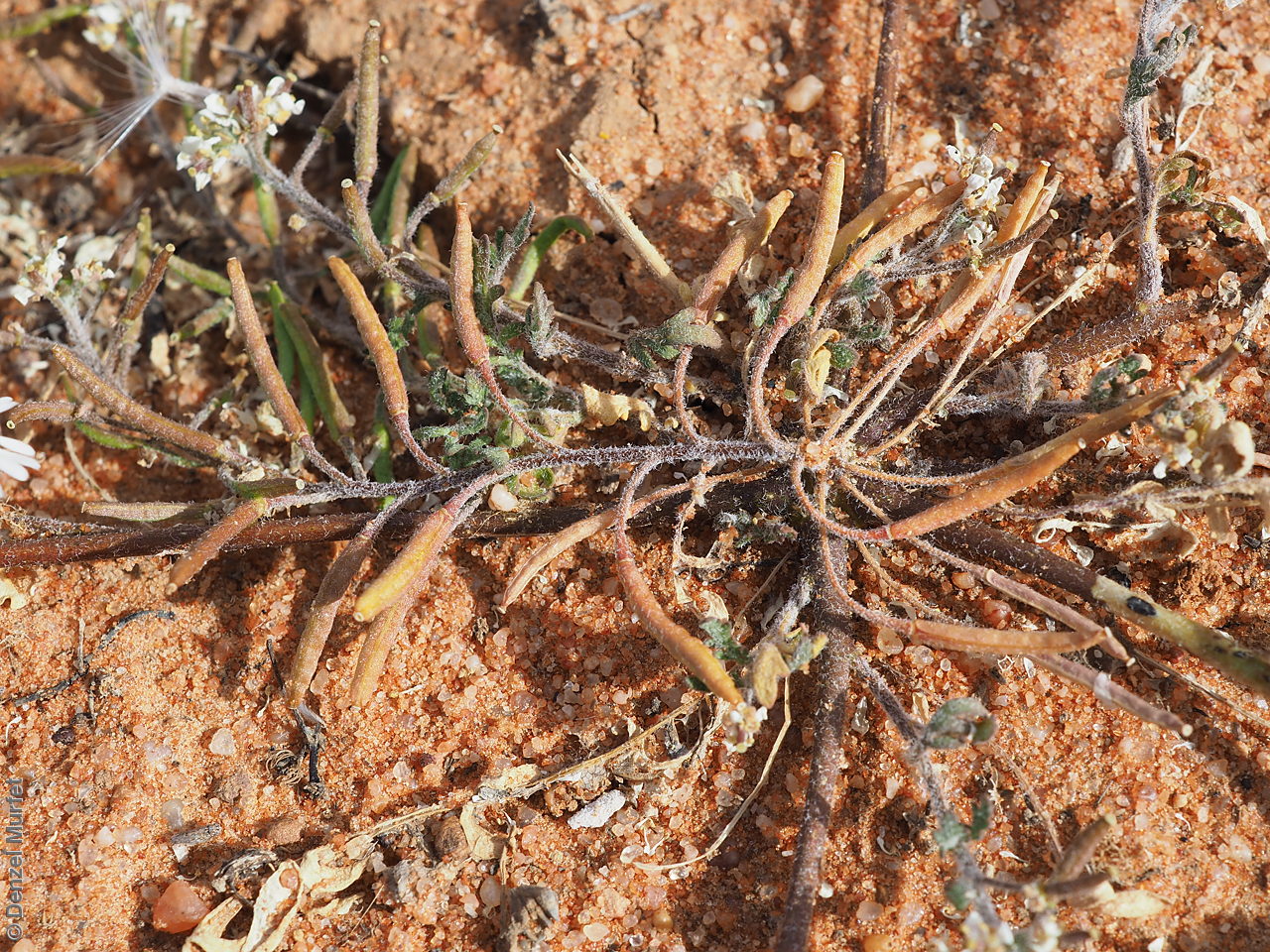
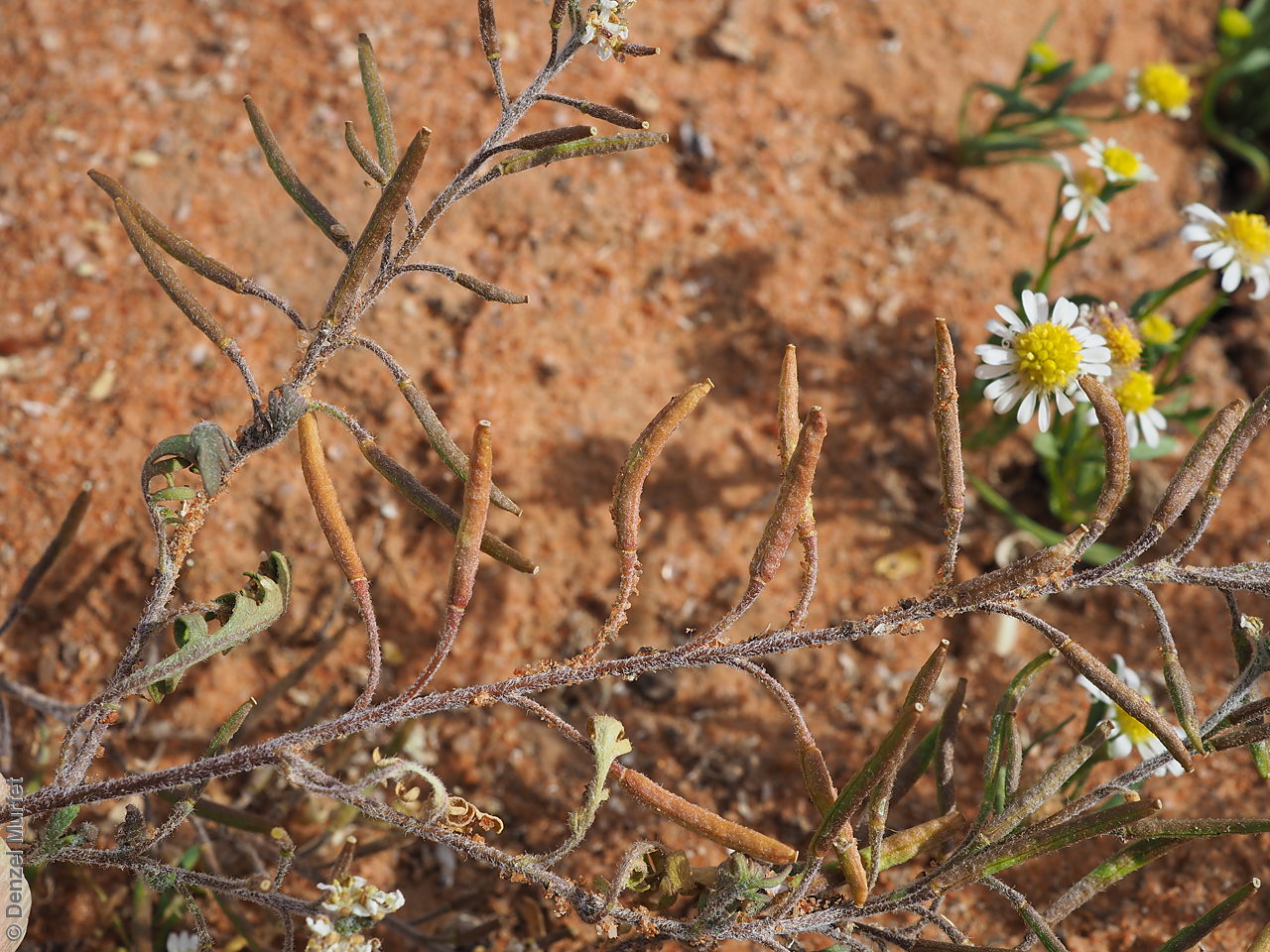
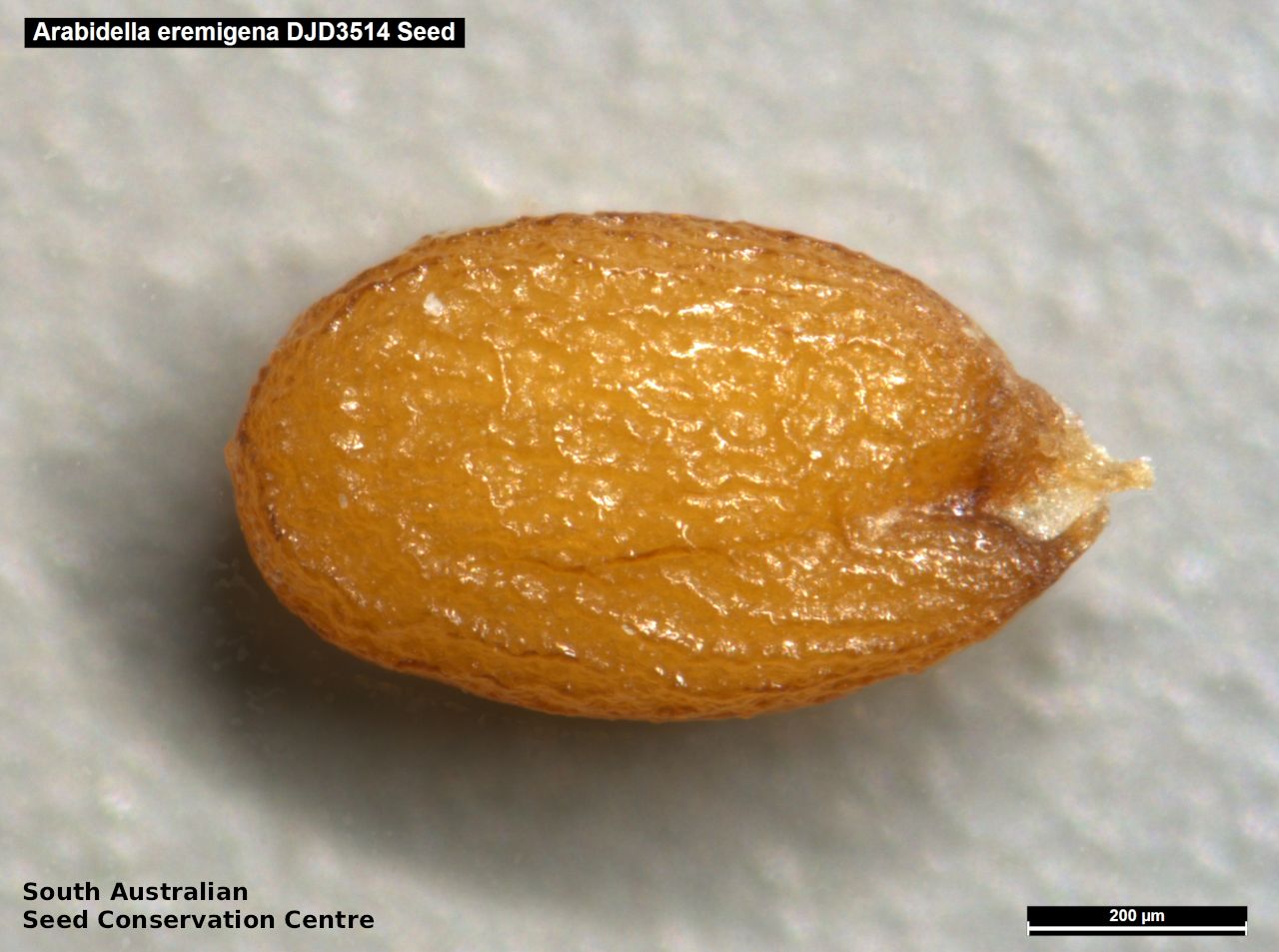
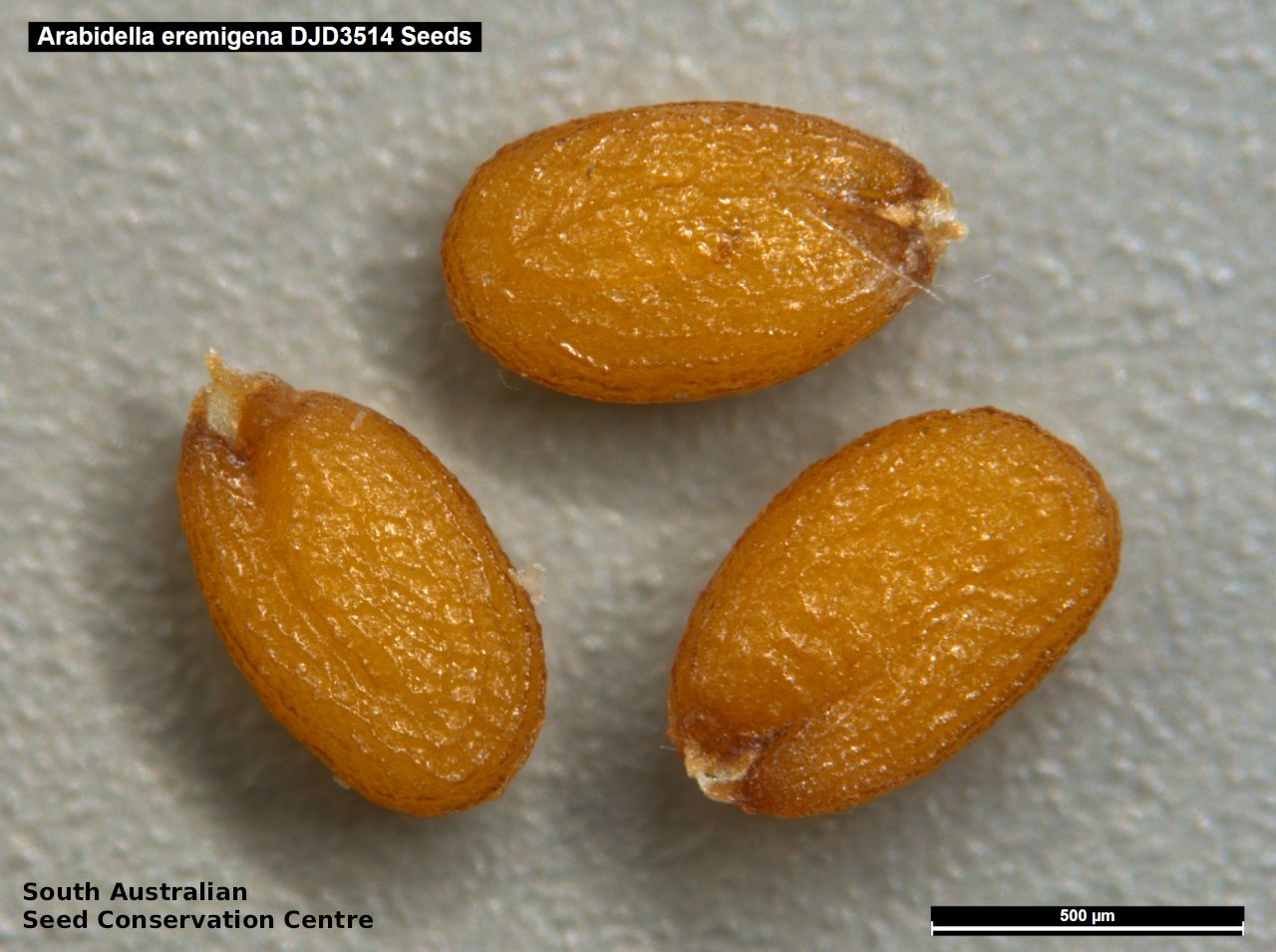

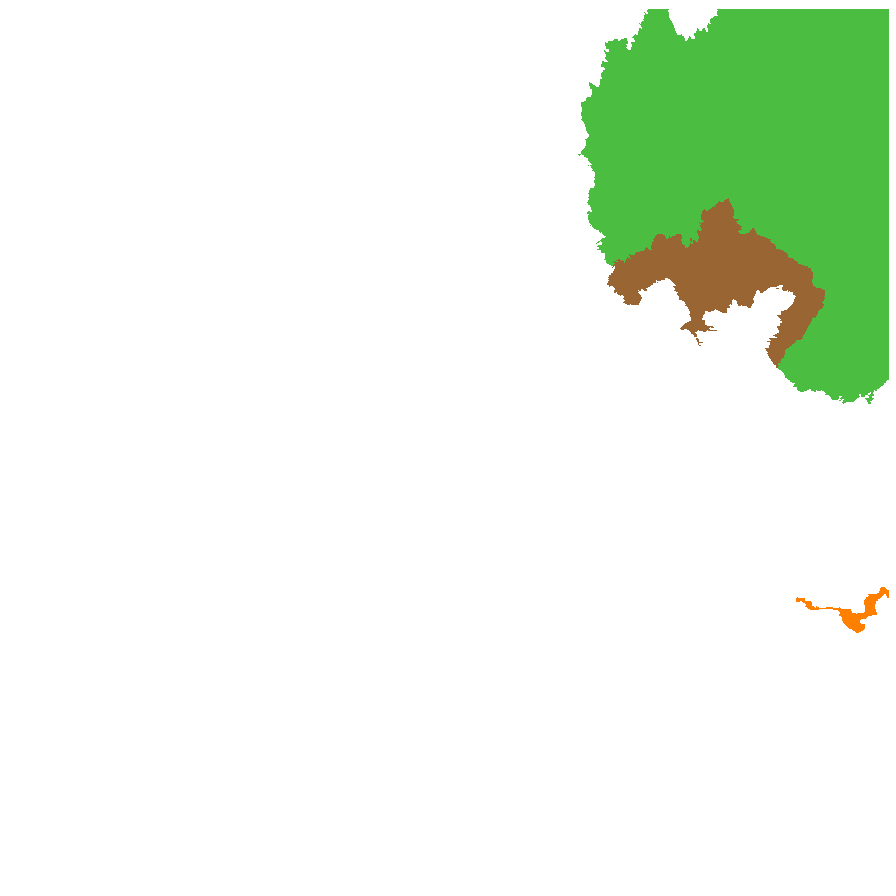
Botanical art
Prior names
Micromystria eremigena
Sisymbrium eremigenum
Blennodia eremigena
Common names
Desert Cress
Priddiwalkatji
Etymology
Arabidella is a diminutive of 'arabis' which is a Greek word for mustard or cress. Eremigena from the Greek 'eremites' meaning of the desert and 'genia' meaning born, referring to the species habitat.
Distribution and status
Found in the north-east part of South Australia with isolated collections from Chowilla along the Murray River, growing on sandy loam soil in floodplain and wet depressions. Also found in Queensland and New South Wales. Native. Common in South Australia. Common in the other States.
Herbarium regions: Lake Eyre, Murray
AVH map: SA distribution map (external link)
Plant description
Prostrate or erect annual herb to 40 cm tall, with many hairy stems. Basal leaves pinnate with 4-5 lobes to 6 cm long, stem leaves pinnate with 1-4 pairs of lobes, reducing towards the tip. Inflorescence a dense terminal cluster with white or yellow, rarely lavender flowers with four petals. Flowering between July and September. Fruits are long narrow, brown hairy pods. Seeds are tiny yellow semi-flat seeds to 0.7 mm long and 0.4 mm wide. Seed embryo type is bent.
Seed collection and propagation
Collect seeds between August and October. Collect pods that are maturing, drying and turning brown, with yellow seeds inside. Place the pods in a tray and cover with paper to prevent seeds popping out and leave to dry for a week. Then rub the pods with your hands to dislodge the seeds. Use a sieve to separate the unwanted material. Store the seeds with a desiccant such as dried silica beads or dry rice, in an air tight container in a cool and dry place. From one collection, the seed viability was high, at 100%. This species has physiological dormancy that need to be overcome for the seed to germinate.
| Location | No. of seeds (weight grams) | Number of plants | Date collected | Collection number Collection location | Date stored | % Viability | Storage temperature |
|---|---|---|---|---|---|---|---|
| MSB | 10,600 (0.67 g) | 20+ | 29-Sep-2007 | DJD887 Lake Eyre | 95% | ||
| BGA | 72,000 (4.05 g) | 50+ | 17-Oct-2016 | JRG487 Lake Eyre | 1-Nov-2017 | 80% | -18°C |
Number of plants: This is the number of plants from which the seeds were collected.
Collection location: The Herbarium of South Australia's region name.
% Viability: Percentage of filled healthy seeds determined by a cut test or x-ray.